
This article is approximately 2500 words long, and it takes about 5 minutes to read.
TL;DR
-
The oil olive has very low sugar content, high vitamin C content, and its vitamin C is very stable. Juicing it is also quite good, but don’t add too many fruits or sugar to a cup.
-
Oil olive contains a high amount of antioxidants.
-
Whether it causes diarrhea varies from person to person. If you want to know if it helps with weight loss, scroll down to the second last paragraph.
-
Eating it directly is also interesting, and it’s a way to experience the “bitter before sweet” philosophy of life.
Once, during a topic selection meeting, several colleagues ordered drinks from a delivery service. Just as I was about to criticize their choice of sweet beverages, one colleague told me she ordered “oil olive tea” for me. She heard it was a “diarrhea miracle” and thought I should detox since I had gained weight recently… I: … In the end, I drank it anyway and found it quite tasty. As for whether it caused diarrhea, let’s keep that a mystery for now.
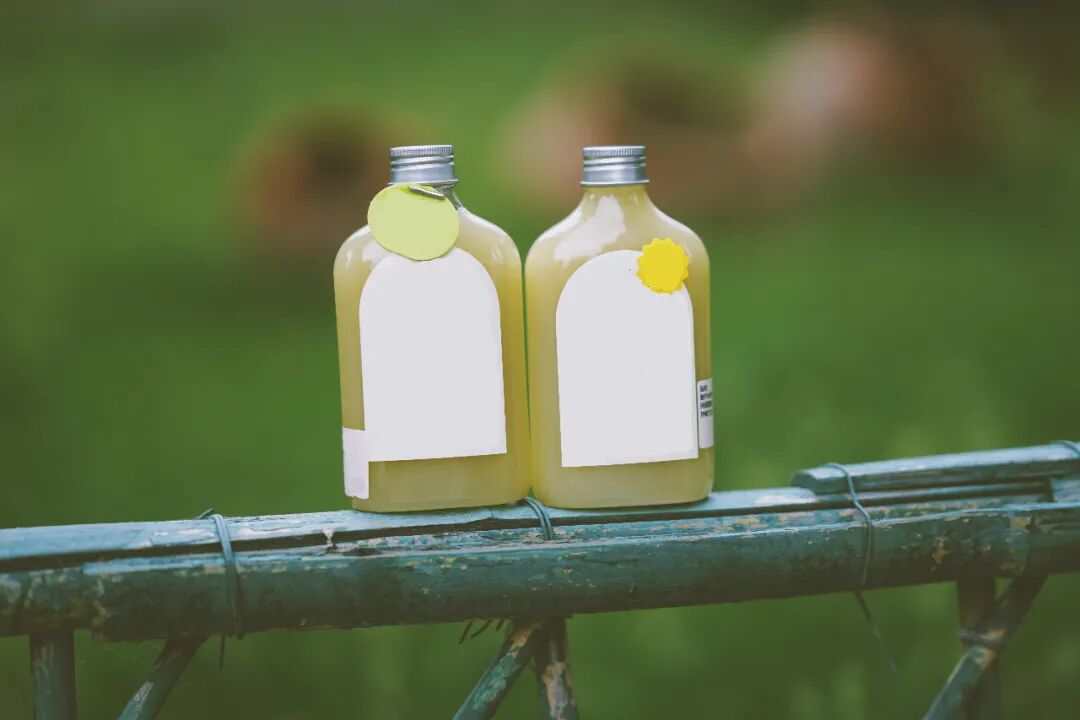
Today, I will talk about the fruit that has recently become popular in the beverage circle: the “oil olive”.
What is oil olive?
Its more formal name is“Phyllanthus emblica”, which is more commonly used in literature and books. It mainly grows in tropical and subtropical regions, including India, Thailand, Malaysia, and in China, it can be found inHainan, Fujian, Guangdong, Guangxi, and Yunnan.
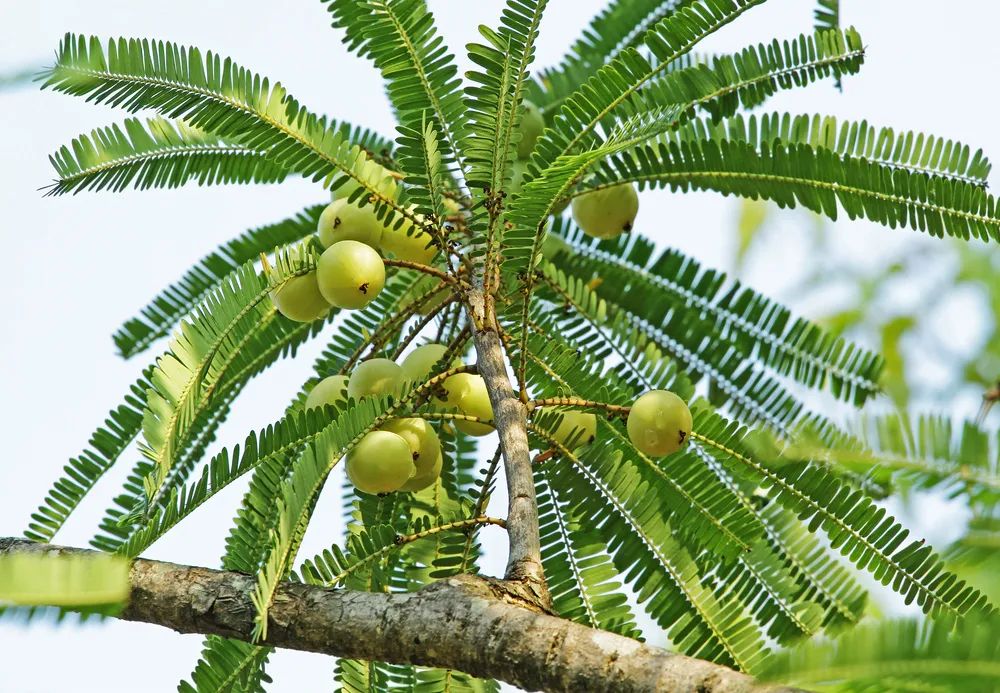
It has many different names in various regions, such as Amole (Tibet), Yunnan Olive (Yunnan), Oil Olive (Guangdong), Fish Wood Fruit (Guangxi), etc. Although the name oil olive contains “olive”, it is not related to citrus fruits (Rutaceae family, Citrus genus). Although some places call it Yunnan Olive, it is also not related to olives (Oleaceae family, Olea genus). It is a plant of the family Euphorbiaceae, genus Phyllanthus. This family also includes famous laxatives like croton and the notorious poison “Cape poison ivy”, but oil olive is just a non-toxic and harmless lovely fruit.
What does it look like?
Oil olive is small and round, with a diameter of about 2 cm, similar to a one-yuan coin.
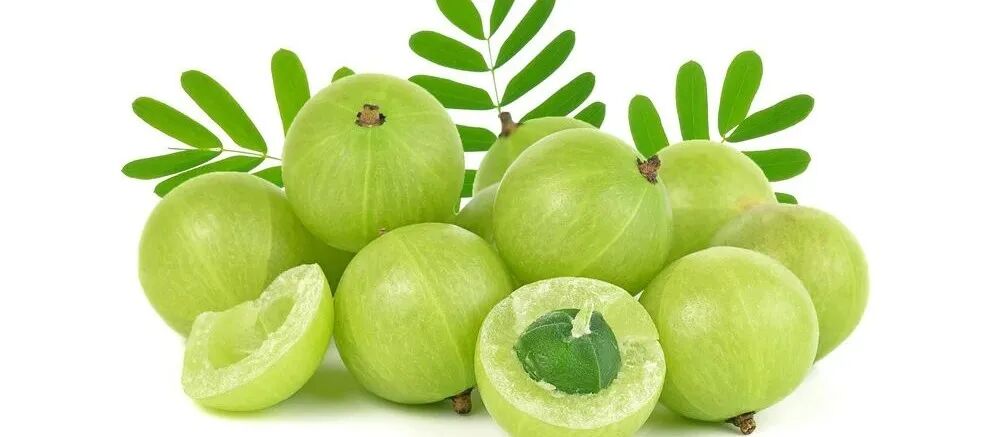
Each fruit weighs about 6-9 grams, and you can hold 6 or 7 in one hand, with about 60-80 fruits in a pound.
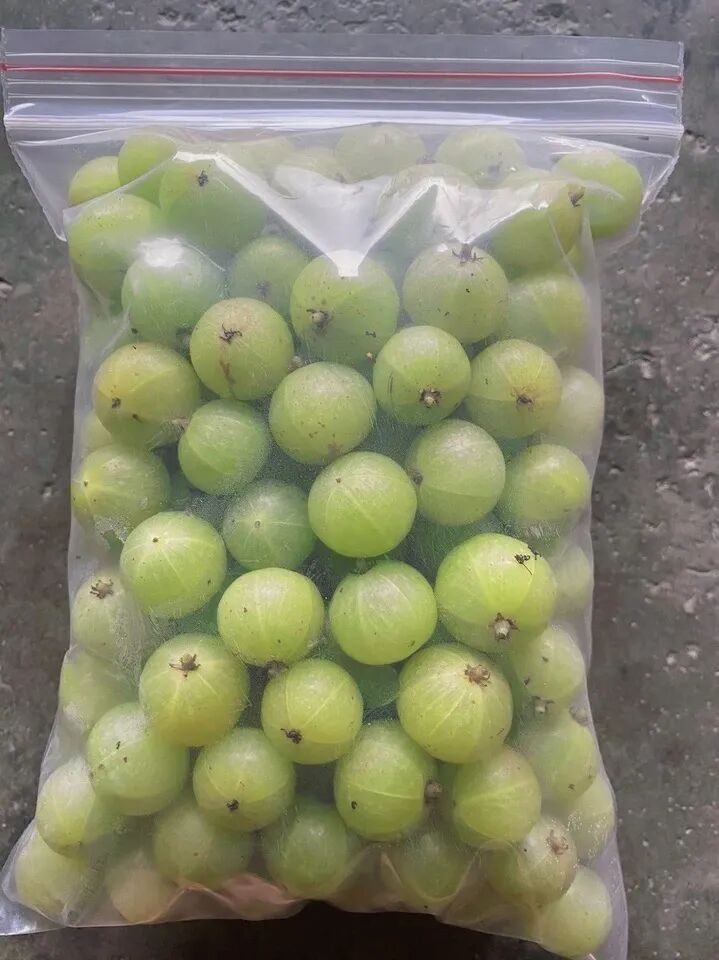
Online, a pound of oil olive has flesh that is initially a translucent green, which gradually turns yellow as it ripens. When cut open, it reveals a deep green hard core, which is also ridged like the flesh.
Oil olive has a long history of consumption
In fact, the people of China have been eating oil olives for a long time. For example, during the Tang Dynasty, a type of wine called “Sanle Jiang” (about 15 years ago, a health product with the same name was popular, but it is completely different) was popular, made from three sour fruits with “le” in their names, one of which is Amole, which is oil olive. In ancient times, people not only consumed oil olives as fruit but also as medicinal materials, and many ancient Chinese medical texts record it.
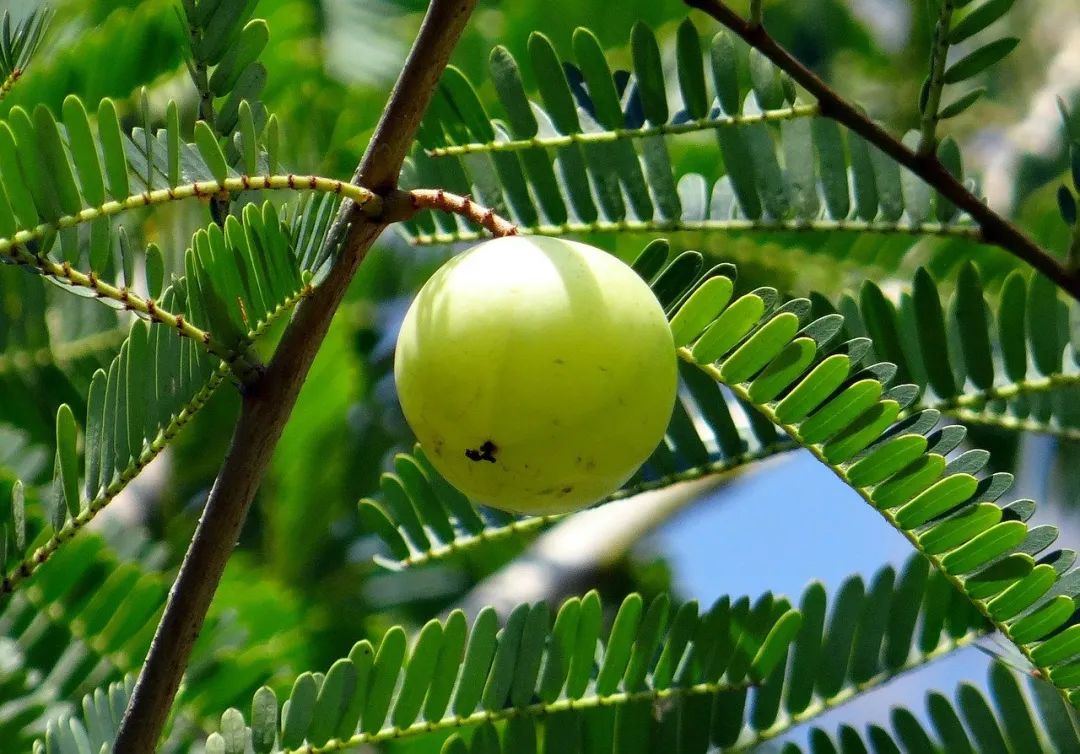
Why hasn’t it become a popular fruit?
Oil olive has low soil requirements and is widely distributed in southern China, but most of it remains in a wild or semi-wild state. People in Fujian and the two Guang regions eat it, but people in the north have hardly heard of it. Why hasn’t it become a popular fruit? The main reason is that its fresh fruit has a rather stimulating taste… Due to the high content of tannins and organic acids in oil olive, biting into it will initially feel both sour, astringent, and bitter, to the point of making you cringe. However, after a few seconds, you will feel a strong sweet taste flooding your mouth and throat, which is very pleasant. This is known as “after-sweetness”. Its famous name “Phyllanthus emblica” comes from this, as ancient texts say: “Its taste is initially bitter and astringent, but after a long time, it becomes sweet, hence the name Phyllanthus emblica.”
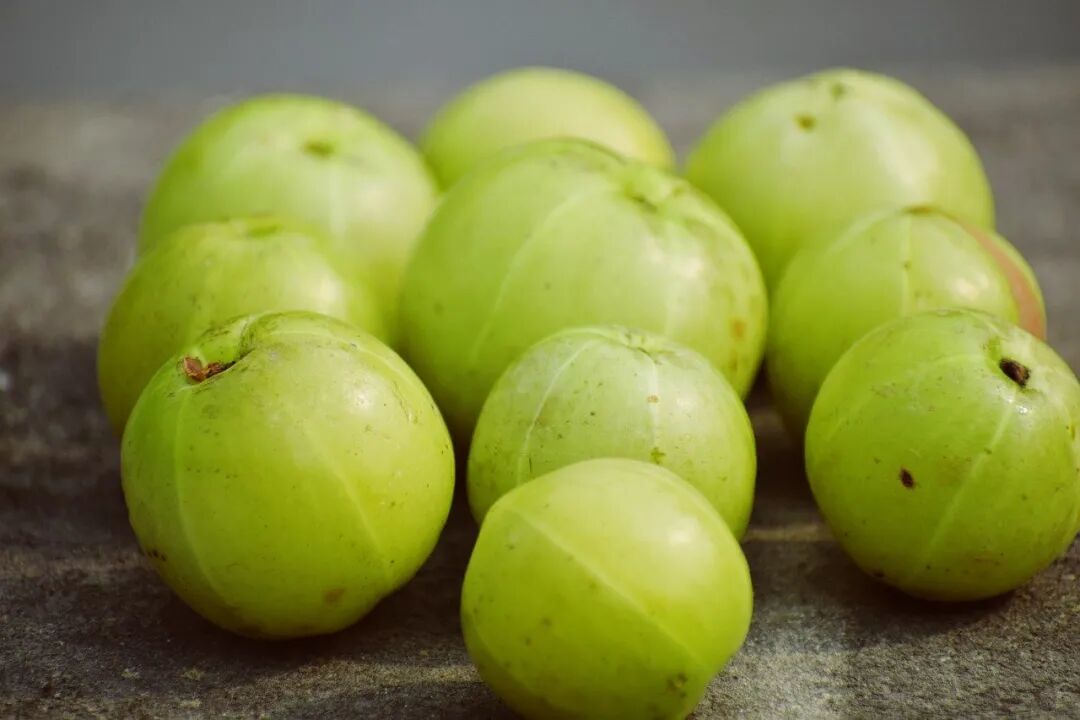
Why does it have after-sweetness?
There is no direct research evidence on this, but I think it may be somewhat similar to the “after-sweetness” experienced when drinking tea.
-
One theory is that this is a comparative effect.
In tea, bitter and astringent substances coexist with sweet substances, and the same is true for oil olive. Initially, the bitter and astringent taste dominates, but as time goes on, the sweet taste is gradually perceived, and it becomes more intense in comparison. It’s similar to how water tastes bitter after eating sugarcane.
-
Another theory is that it relates to tannins.
The large amount of tannins in oil olive binds with the proteins in the oral mucosa, causing the muscles to tighten and produce a “astringent” feeling, and temporarily obstructing other taste sensations like a membrane. Once this effect wears off, you can taste the sweetness.
High in Vitamin C and Stable, No Worries About Juicing!
Oil olive is rich in nutrients, with a notably good vitamin C content. For example, tests on nine varieties of oil olive grown in Guangdong and Fujian found that their vitamin C content per 100g ranged from 98 mg to 267 mg, which is 3-9 times that of oranges (33mg/100g). Moreover, wild oil olives can have vitamin C content as high as 470-1600 mg/100g. (Cultivated varieties are improved for sweeter taste, which reduces the sour and astringent components, including vitamin C content.) Another benefit of oil olive is that under the protection of a large amount of organic acids, vitamin C is relatively stable. I previously mentioned that vitamin C is more stable under acidic conditions, so fruits and vegetables with high acid content lose less vitamin C during high-temperature cooking or juicing compared to others. It has been found that the vitamin C in oil olive retains up to 79.0%~93.5% even after roasting or high-pressure sterilization, which is a result of the large amount of organic acids protecting it. Therefore, even when juiced, the vitamin C retention in oil olive is quite good.

The juice is this yellow-green color
Moreover, oil olive has very low sugar content, with cultivated varieties containing only 3% to 4%, and wild varieties possibly even lower. If you juice 12-14 oil olives (the edible part adds up to about 100g), the sugar content would be around 3g-4g, which is acceptable for a drink. However, the oil olive tea you buy at beverage shops definitely has added sugar, especially those claiming to contain many oil olives in a bottle, which can have a high sugar content.
VB1, VB2, and Potassium Content Are Also Good
In cultivated varieties of oil olive:
-
Vitamin B1 content is about 0.56 mg/100g
-
Vitamin B2 is about 0.22 mg/100g
-
Potassium content is about 146 mg/100g
These are considered good among fruits.
Can it cure diseases?
Oil olive has been recorded as a herb in many countries and regions, and many ethnic medicines use it. For example, in Tibetan medicine, oil olive is one of the “three major fruits”, which are the three most frequently used items. In India, oil olive has a “miraculous medicine” status, almost used to treat all human diseases. Japan and Europe and America are also quite keen on researching the health benefits of this fruit.
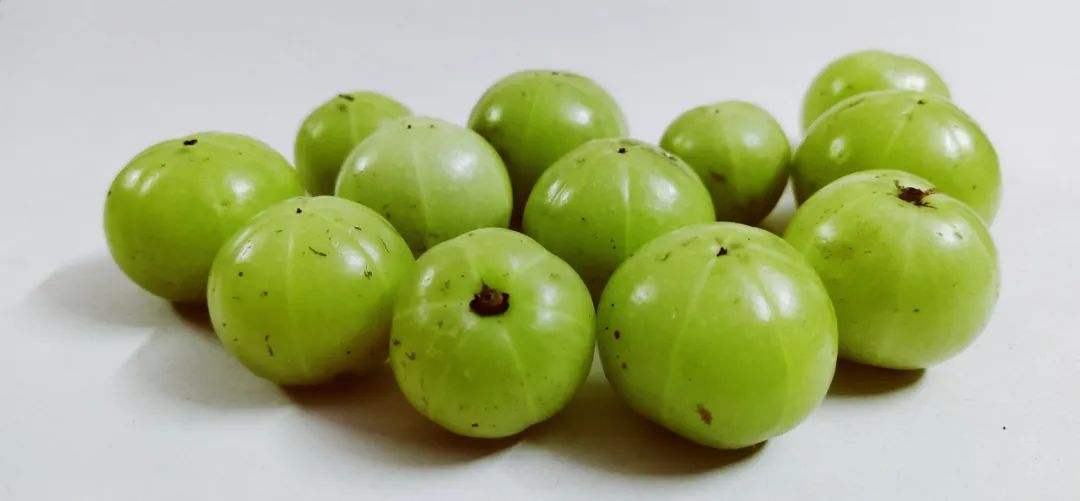
Oil olive indeed contains many health-active components, especially a high content of antioxidants, including polyphenols, gallic acid, flavonoids, proanthocyanidins, etc.
· Antioxidants ·
Many studies have found that while antioxidants are not essential for the human body, they can provide some benefits. This includes preventing and delaying metabolic diseases, cardiovascular diseases, diabetes, obesity, cancer, Alzheimer’s disease, etc., each having specific effects.
-
Oil olive extract has indeed shown benefits in vitro and in animal experiments, such asscavenging free radicals, improving blood lipids, lowering blood sugar, inducing cancer cell apoptosis, eliminating fatigue, and enhancing physical performance.
-
As for human trials, the volunteers were given purified and concentrated oil olive components made into medicines, which may not be very relevant for those who eat oil olives daily.
-
Some pharmaceutical companies have been working to develop oil olive into medicines, and there are already some products on the market.
For ordinary people, eating some oil olives daily may have some health benefits, but don’t have too high expectations, as it is primarily a fruit.
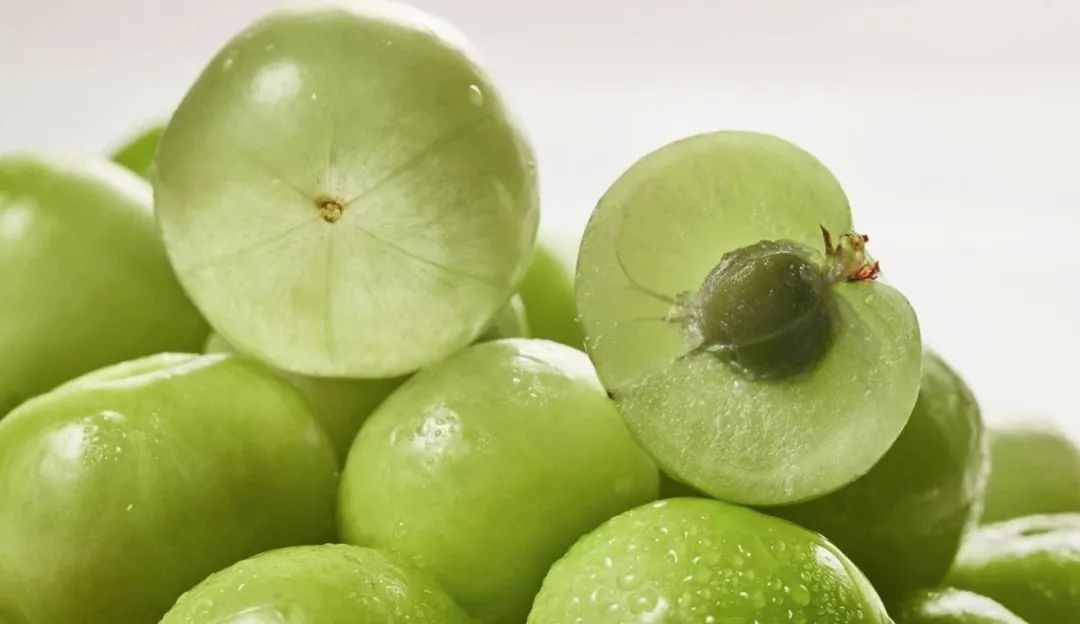
Is it really a “diarrhea miracle”?
Dietary fiber in fruits does have a laxative effect, but the fiber content (1.77%) in oil olive is not particularly outstanding among fruits. The polysaccharide components may cause some diarrhea effects. However, oil olive has such a low total carbohydrate content, and the polysaccharide content is also very low. As for the large amount of tannins, they may instead cause dyspepsia and bloating. Therefore, the so-called diarrhea may simply be due to its high acidity, which stimulates the stomach, as it can be quite sour. However, this also depends on individual differences. For me personally, I first drank a cup of oil olive tea with no reaction, then I drank two bottles of a supposedly concentrated oil olive juice from a popular store, and still had no reaction… I initially had high expectations for “diarrhea”…
Can it help with weight loss?
Ancient people said that regularly eating oil olive has a “light body” effect, which means weight loss. Is there any truth to this? Some have found that the polysaccharides in oil olive can inhibit the activity of α-amylase and α-glucosidase in vitro, meaning it could theoretically block the absorption of starch and glucose, which would be beneficial for weight loss in the long run. However, the fact is that the polysaccharide content in oil olive is too low, and it is unlikely to have a significant effect. If it were extracted and concentrated, it might become a potential weight loss product.
How to eat it?
Eat fresh fruit directly, recommended √ Experience the “bitter before sweet” philosophy of lifeJuice it, recommended √ Don’t add too many fruits or sugar at onceDrink it with tea, recommended √ Whether mixed with juice or steeped in tea, you can add a few pieces.Salted or sugared, not recommended × Definitely not recommended, turning a good low-sugar fruit into a high-sugar, high-salt oneDip in soy sauce or chili, not recommended × Same reason as aboveLastly, there’s another way to eat it, which is to add a few oil olives when stewing meat soup. It’s said to be a popular method in Chaoshan, making your meat soup more flavorful, healthier, and less greasy~
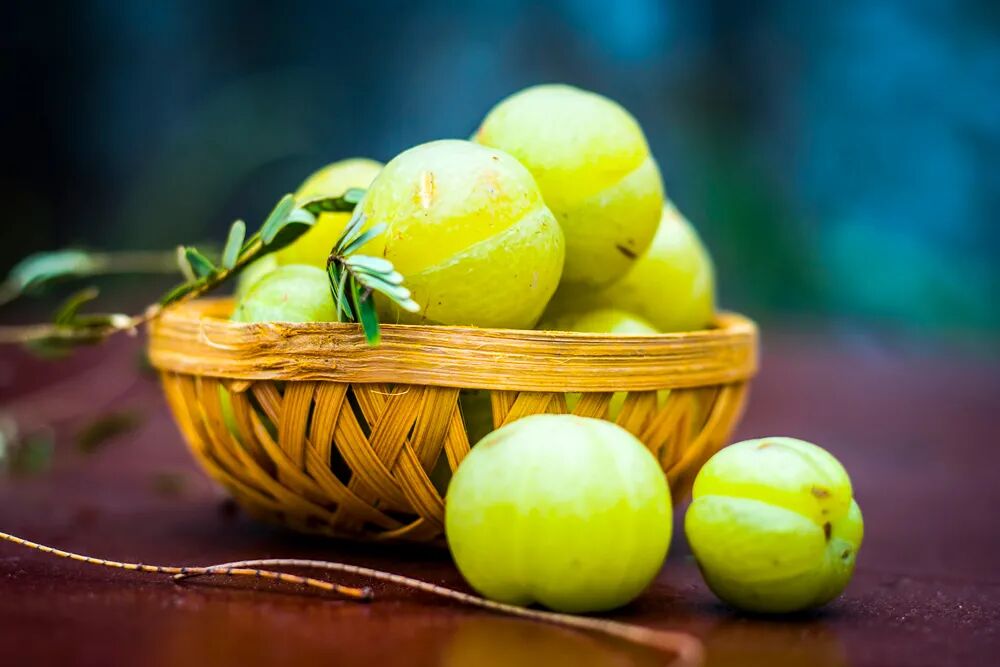
References:
[1] Author Jerez S. WeChat public account Foodie Research Institute. “5 Seconds of After-Sweetness? Diarrhea Miracle? What is this amazing thing called oil olive?”[2] Xu Yongquan, Liu Xu, Liu Ping, Chen Gensheng, Wang Fang, Yuan Haibo, Yin Junfeng. Research on the After-Sweetness of Tea Soup and Its Electronic Tongue Application Analysis[A]. China Association for Science and Technology, Guizhou Provincial Government. Proceedings of the 15th Annual Meeting of the China Association for Science and Technology, 20th Sub-venue: Forum on Technological Innovation and Tea Industry Development[C]. China Association for Science and Technology, Guizhou Provincial Government: Academic Department of the China Association for Science and Technology, 2013:10.[3] Wang Jianchao, Chen Zhifeng, Liu Xinming, Chen Ting, Guo Linrong. Analysis and Evaluation of Nutritional Components of Different Varieties of Phyllanthus emblica Fruits[J]. Journal of Fruit Science, 2018, 35(01):108-117.[4] Li Yongyu, Wu Shaohua, Wen Fengying, Chen Jianyan, Wang Huiquan. Research on the Mechanism of Biological Functions of Phyllanthus emblica (Review)[J]. Journal of Tropical Crops, 2009, 30(03):402-408.[5] Wang Jianchao, Chen Zhifeng, Guo Linrong. Introduction of Good Varieties of Phyllanthus emblica in China and Analysis of Some Fruit Sugar Content[J]. Southeast Horticulture, 2017, 5(05):23-25.[6] Phyllanthus emblica: A comprehensive review of its therapeutic benefits[7] Wang Hui. Research Progress on the Chemical Composition and Pharmacological Effects of Phyllanthus emblica[J]. Modern Chinese Medicine, 2011, 13(11):52-56.[8] Wang Rui. Study on the Hypoglycemic and Antioxidant Activity of Polysaccharides from Phyllanthus emblica in vitro[J]. Food Research and Development, 2018, 39(17):189-192+224.[9] Liu X, Zhao M, Wang J, et al. Antioxidant activity of methanolic extract of emblica fruit (Phyllanthus emblica L.) from six regions in China[J]. Journal of Food Composition & Analysis, 2008, 21(3):219-228.[10] Yang Sufen, Dao Yunzong. Introduction to Seedling Technology of Phyllanthus emblica[J]. Yunnan Forestry, 2005, 026(003):17-17.Have you eaten oil olive? Did it cause diarrhea?
Editor: Xiaohui Wanwan
Want to see an audio version of the science popularization?
Be sure to follow my video account ↓
Follow me for the nutritional science popularization you want to know
It’s all here ↓